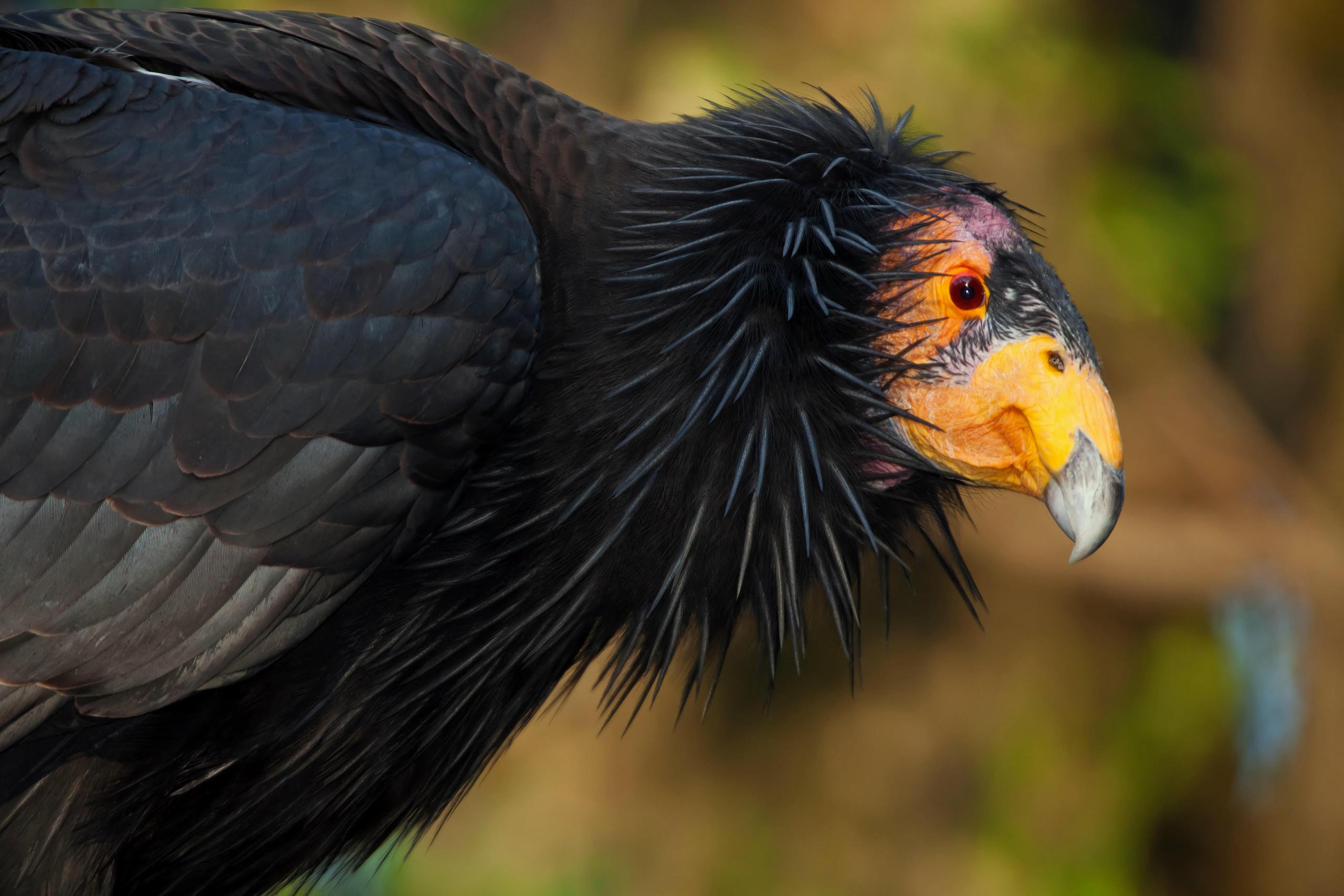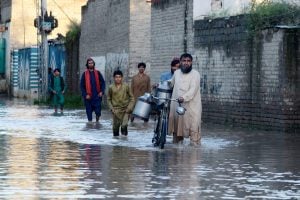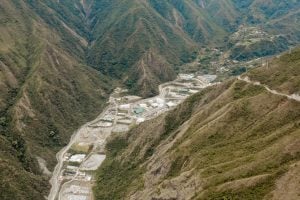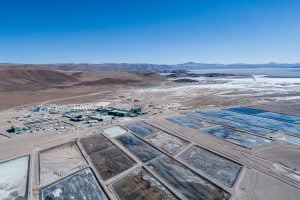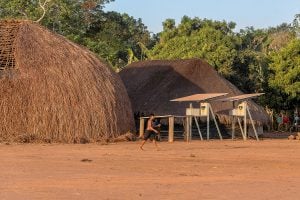A complex issue at the nexus of scientific innovation, social justice, environmental governance, industry and finance for global conservation has become one of the hottest topics on the agenda at the COP16 biodiversity talks currently taking place in the Colombian city of Cali.
The talks centre on how to equitably share the benefits of biological resources that are used for a range of economic activities, such as plant and animal breeding for agriculture, pharmaceuticals and cosmetics. Before the 1980s, such resources were treated as the common heritage of humankind and available without restriction.
However, this promoted complaints over equity and fairness – developing countries that are rich in these resources and traditional knowledge lacked the technological capacity to exploit them, while richer countries reaped the rewards.
International agreements to govern access and benefit sharing include the 2010 Nagoya Protocol to the UN Convention on Biological Diversity (CBD). However, the protocol is unclear on how to administer Digital Sequence Information (DSI) on plant and animal genetic resources, meaning that benefits are not always shared equitably.
As technological advances have made it simpler and cheaper to sequence genomes, an increasing amount of genetic data is now held digitally in public databases, many of which are open access. There is less need to physically access biological samples, raising concerns about fairness as countries, Indigenous peoples, and local communities are not consulted before their resources are utilised.
At COP15 in Montreal in 2022, governments agreed to set up a mechanism to share the benefits from the use of DSI on genetic resources, including a global fund. The COP16 talks, which got underway on 21 October, will focus on how this mechanism will work.
Striking a delicate balance
If international rules administering the sharing of benefits are not carefully designed and implemented, scientists and other users of DSI fear that essential scientific and medical research could be undermined.
The conservation sector itself is heavily reliant on DSI. Its uses include identifying the different components of biodiversity; monitoring impacts of conservation action and risks; restoring biodiversity; verifying and certifying products; and providing evidence of illegal trade.
For example, the successful breeding efforts that saved the Californian condor from extinction used DSI, according to the International Union for the Conservation of Nature. Indeed, a report by the DSI Scientific Network highlights that 21 of the 23 targets of the Kunming-Montreal Global Biodiversity Framework rely on the use of DSI.
“Implementation of the Global Biodiversity Framework and achievement of the targets will not be fully effective and, in some cases, not possible without the open use of DNA sequence data and access to large sequence repositories,” it concluded.
The Colombian COP presidency and CBD secretariat, meanwhile, see an agreement on the DSI fund as key to building trust between countries, paving the way for agreements on other issues.
However, there are concerns from developing countries with high levels of biodiversity as well as campaigners on Indigenous rights that inequalities will not be sufficiently addressed. An agreement on DSI is crucial to building trust in the whole CBD process at COP16, according to the Zoological Society of London’s (ZSL) head of policy and campaigns Georgina Chandler. “Conversations on finance were what held up the discussions at COP15,” she noted.
“A positive outcome on DSI and access and benefit sharing has been something that developing countries have asked for for years – it’s worth remembering that the whole point of the CBD as a treaty was to help move finance from developed to biodiversity-rich countries.”
The fund aims to provide a significant stream of finance to cover the over USD 700 billion a year needed to reverse biodiversity loss. An analysis commissioned by the CBD ahead of the Montreal meeting estimated that a levy of 0.1-1% on the revenue of the five main sectors that use DSI has the potential to raise USD 1-10 billion a year. These sectors are projected to have revenues for 2024 totalling USD 1.6 trillion, rising to USD 2.3 trillion by 2030.
However, the pharmaceutical industry questioned the analysis, with a trade association saying that some of the financial data includes revenues that are unrelated to the use of DSI or biodiversity-derived DSI, such as human genetic data, which is not covered by the CBD.
Options for COP16 negotiators
Negotiators at COP16 still have a way to go before achieving consensus on the details of the fund. At talks in Montreal in August, they agreed a draft recommendation narrowing down the options.
However, several thorny issues need addressing. These include deciding who will pay for using DSI, whether payments should be voluntary or mandatory, and how to determine the amount, with options under discussion including levies on profits, revenue, or turnover. Other issues to resolve include deciding what would trigger payments, how they will be collected and disbursed, and how the mechanism will be managed and governed.
The current consensus is building towards contributions from all companies in sectors relying on DSI use, according to a summary of the meeting by reporting service Earth Negotiations Bulletin (ENB). The list is still under discussion, but currently includes agriculture, pharmaceuticals, and cosmetics.
However, some conservation organisations, including WWF, want all businesses who use DSI in their commercial activities, regardless of sector, to provide a percentage of their revenue or profit to the global fund.
Meanwhile, the International Indigenous Forum on Biodiversity (IIFB) believes all users of DSI should pay into the fund, including universities. The IIFB’s view is that much of the fund should be allocated to projects on the ground, with dedicated funding to go directly to Indigenous peoples and local communities, as laid out in its position paper seen by Dialogue Earth.
There are two main options for disbursing the funds: either through projects or direct allocations to countries. Several countries, including Brazil, do not support project-based allocations channelled through the Global Environment Facility, the multilateral environmental fund which they argue favours the interests of richer countries.
Countries are also divided over whether public DSI databases should remain open access or be restricted according to the free, prior and informed consent of the original providers of the genetic resources. The African Group negotiating bloc wants the CBD to create its own database to ensure that explicit consent has been given, according to the ENB.
Not everything has to be exactly ready, but if the main points are agreed, you can start the first phase of implementation and continue refining it at COP17Susana Muhamad, COP16 president
Speaking at a press briefing ahead of the talks, COP16 president Susana Muhamad, Colombia’s minister of environment and sustainable development, said that the aim was to agree at least the key elements of the fund so that it can be operational within two years.
“This is an innovative way to address these issues – not everything has to be exactly ready, but if the main points are agreed, you can start the first phase of implementation, and then continue refining it at COP17,” she said.
“We are very happy that more than 10 years of discussion has already selected very critical possibilities for the parties to decide,” she added.
Preston Hardison, policy advisor on genetic resources for the IIFB, said: “It’s going to be a big, big negotiation. But you always go through with the attitude that you’re going to make it happen, somehow or another.”
